Table of content
Yellow catfish soup, a beloved dish in many cuisines, is renowned for its creamy texture, delicate flavor, and nutritional richness. This comforting broth, often hailed as a culinary treasure, combines the natural sweetness of freshwater fish with aromatic herbs and spices. Whether you are a seasoned home cook or a novice in the kitchen, mastering this recipe will elevate your cooking repertoire and impress dinner guests. This article delves into the intricacies of crafting the perfect yellow catfish soup, from selecting the finest ingredients to executing time-tested techniques that ensure a restaurant-quality result.
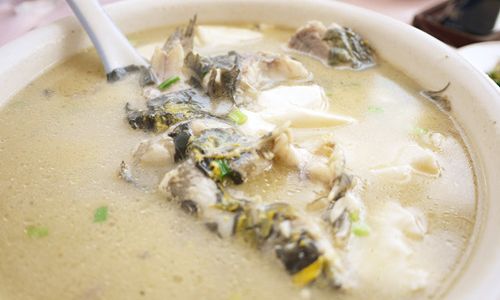
Understanding the Star Ingredient: Yellow Catfish
Yellow catfish, scientifically known as Pelteobagrus fulvidraco, is a freshwater species prized for its tender, low-fat flesh and mild taste. Native to rivers and lakes across Asia and parts of Europe, this fish thrives in clean, oxygen-rich waters, which directly impacts its flavor. When purchasing yellow catfish, prioritize freshness: look for clear eyes, shiny skin, and a neutral, sea-breeze aroma. Frozen alternatives are acceptable but may yield a slightly less vibrant broth.
Essential Ingredients and Tools
To recreate this classic soup, gather the following components:
-
Primary Ingredients:

- 2 medium yellow catfish (approx. 1.5 lbs total), cleaned and scaled
- 4 cups fish stock or water (fish stock enhances depth; water is a suitable substitute)
- 1-inch piece of fresh ginger, thinly sliced
- 3 garlic cloves, minced
- 2 scallions, white and green parts separated, finely chopped
- 1 medium tomato, diced (optional, for acidity)
- 1 tablespoon cooking oil (neutral oil like vegetable or canola)
- 1 teaspoon sesame oil (for finishing)
- Salt and white pepper to taste
-
Flavor Enhancers:
- 1 tablespoon Shaoxing wine (Chinese rice wine; dry sherry works as a substitute)
- 1 teaspoon sugar (balances flavors)
- 1-2 dried chili peppers (optional, for a subtle heat)
-
Tools:
- A heavy-bottomed soup pot or Dutch oven
- A sharp knife and cutting board
- Tongs or a slotted spoon for handling fish
- A fine-mesh strainer (for clarifying broth, if desired)
Step-by-Step Preparation
Preparing the Fish
- Cleaning: Rinse the fish under cold water, patting it dry with paper towels. Remove any remaining scales by scraping gently against the grain. Trim the fins if desired, though they are edible and add flavor.
- Marinating (Optional): For enhanced flavor, marinate the fish in a mixture of 1 teaspoon salt, 1 teaspoon Shaoxing wine, and 1/2 teaspoon white pepper for 15 minutes. This step tenderizes the flesh and reduces fishy odors.
Sautéing Aromatics
- Heat the cooking oil in the pot over medium heat. Add the ginger slices, garlic, and white parts of the scallions. Sauté until fragrant (1-2 minutes), stirring constantly to prevent burning.
- Pro Tip: Overcooking garlic can impart bitterness; remove the pot from heat if the aromatics begin to brown.
Searing the Fish
- Increase the heat to medium-high. Place the fish in the pot and sear for 2-3 minutes per side until lightly golden. This step caramelizes the skin, adding depth to the broth.
- Key Technique: Avoid overcrowding the pot; cook in batches if necessary.
Simmering the Broth
- Pour in the fish stock or water, ensuring the fish is submerged. Add the Shaoxing wine, sugar, and dried chilies (if using). Bring the liquid to a gentle boil, then reduce heat to low. Cover and simmer for 20-25 minutes, allowing the flavors to meld.
- Secret to Milky Broth: For a rich, opaque consistency, maintain a steady simmer without vigorous boiling, which can cloud the liquid.
Enhancing with Vegetables
- After 15 minutes of simmering, add the diced tomato (if using) and half of the green scallions. Tomatoes contribute a subtle tanginess, balancing the soup’s richness.
- Variation: Substitute tomatoes with 1/4 cup diced daikon radish for a sweeter profile.
Final Seasoning and Finishing
- Taste the broth and adjust seasoning with salt and white pepper. For an umami boost, add a pinch of MSG (optional).
- Drizzle with sesame oil and sprinkle the remaining scallions over the soup just before serving.
Expert Tips for Perfection
- Fish Handling: Always pat the fish dry before searing to prevent splattering and ensure even browning.
- Broth Clarity: For a crystal-clear soup, strain the broth through a fine-mesh sieve after simmering, discarding solids. Return the liquid to the pot and add the fish back gently.
- Texture Control: Avoid overcooking the fish, as it may disintegrate. Remove it from the broth once it flakes easily with a fork.
- Garnish Creativity: Elevate presentation with fresh cilantro, fried garlic chips, or a squeeze of lime.
Nutritional Benefits
Yellow catfish soup is a powerhouse of nutrients, offering:
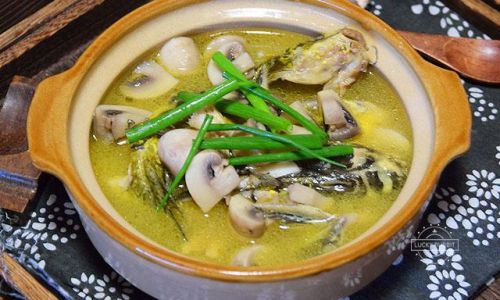
- Protein: A 3-ounce serving provides 18 grams of lean protein, essential for muscle repair.
- Omega-3 Fatty Acids: Supports heart health and reduces inflammation.
- Vitamins and Minerals: Rich in vitamin D, selenium, and phosphorus, which bolster immunity and bone health.
- Low Calorie: A bowl contains approximately 150-200 calories, making it ideal for weight-conscious diets.
Serving Suggestions
- Pairings: Serve with steamed jasmine rice, quinoa, or crusty bread to soak up the broth.
- Accompaniments: A side of stir-fried bok choy or pickled vegetables adds freshness and crunch.
- Beverage Match: Complement the soup’s warmth with a crisp Riesling or a light lager.
Troubleshooting Common Issues
- Fishy Aftertaste: Ensure thorough rinsing and marinating. Avoid using frozen fish with freezer burn.
- Bland Flavor: Amplify seasoning gradually, tasting as you go. Add a splash of fish sauce for extra savoriness.
- Greasy Broth: Skim off excess oil with a spoon before serving, or use a fat separator.
Cultural Significance
In many Asian cultures, yellow catfish soup symbolizes nourishment and togetherness. Served during family gatherings and festivals, it embodies the philosophy of balance—harmonizing simplicity with depth. The dish’s gentle warmth is believed to soothe the soul, making it a staple in traditional medicine for colds and fatigue.
Conclusion
Crafting the perfect yellow catfish soup is an art that marries patience with precision. By adhering to time-honored techniques and embracing creativity, you can transform humble ingredients into a culinary masterpiece. Whether enjoyed on a chilly evening or shared at a festive table, this soup transcends mere sustenance, offering a taste of tradition and comfort. Experiment with herbs, spices, and accompaniments to make the recipe your own—and savor the journey of mastering this timeless dish.

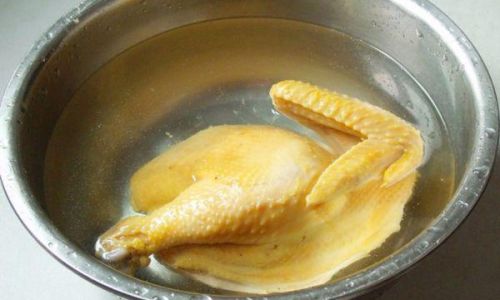
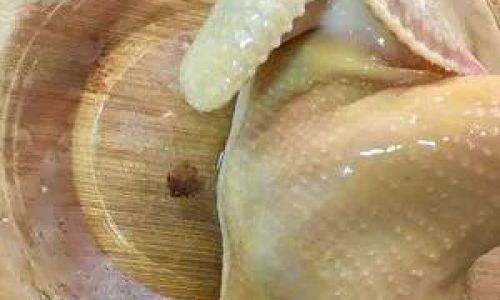
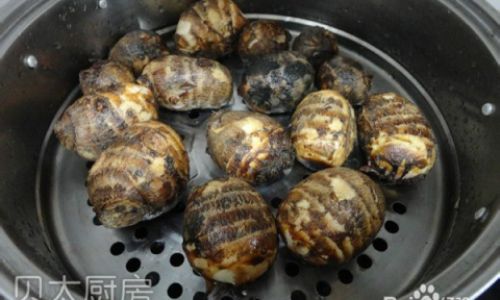
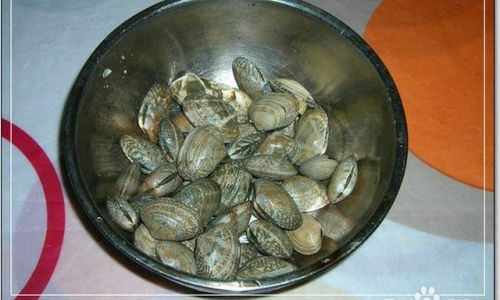
0 comments